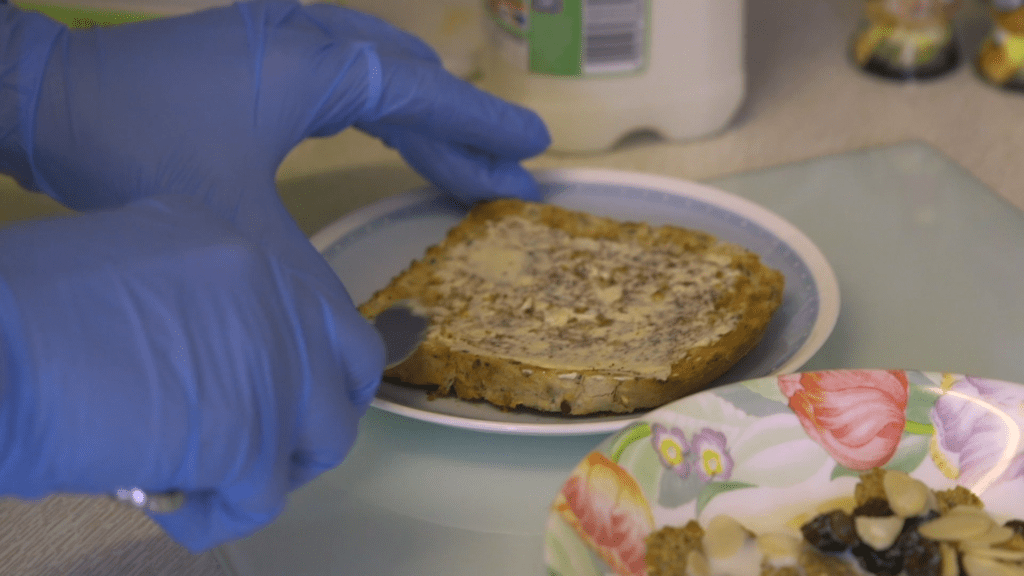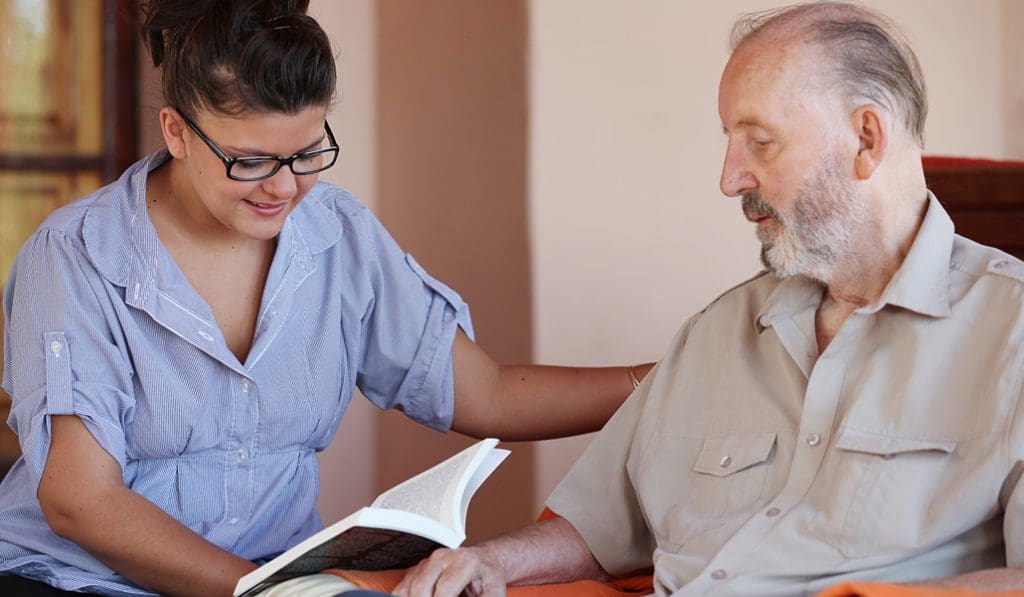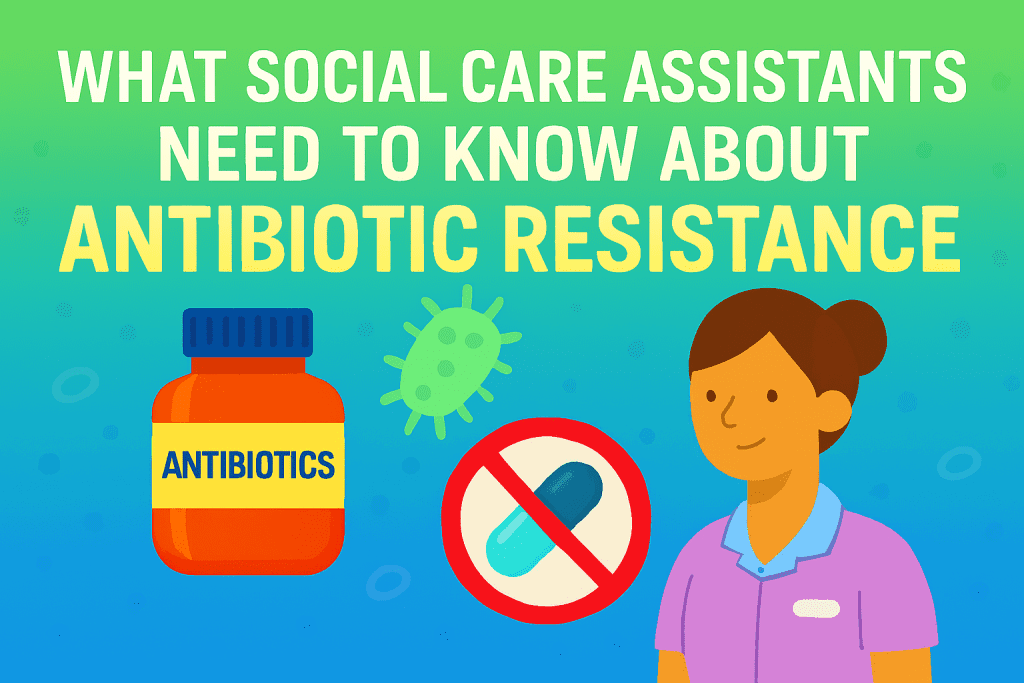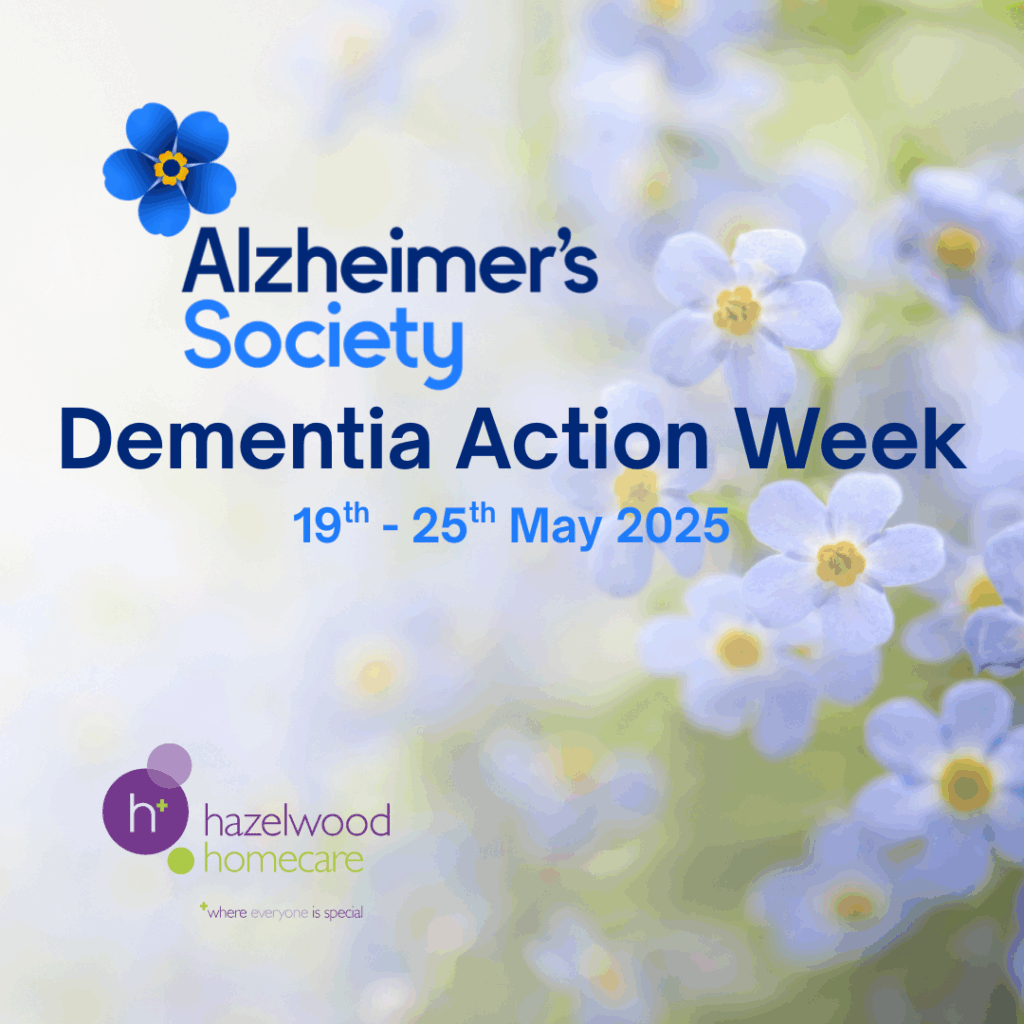As an older adult, staying active can play an integral part in maintaining good health as you get older and there are a multitude of things that can help with staying active. Whether that falls under staying physically or mentally active, as a carer we can help by encouraging mental and physical activities to improve health at home that can help with staying active.
As your patient gets older it is important to focus on helping them to exercise the brain to improve the patient’s focus, daily functionality, and memory. There’s lots of different methods to help the brain to stay sharp and keep healthy. Doing these exercises to help boost concentration, and memory.
So first let’s start with some activities that can help with staying mentally active.
Memory Improving Activities
Here is a list of memory improving activities that we believe can be invaluable to people’s cognitive functioning.
- Listening to music – Turning up some happy music can help boost your patient’s brainpower and promote a happy hormone called Oxytocin. If your patient enjoys music, you could try to help them learn a new instrument. Studies show that you’re capable of learning a new skill at any point within your life so why not boost their skillset whilst increasing your patient’s brainpower?
- Card Games – Card games require quite a bit of thinking, meaning they are perfect to play with your patients! There are countless card games that you could try to improve your patient’s memory and brain function. Communication is so important for a patient as it helps them know they have company.
- Jigsaw Puzzles – Like card games, jigsaws are a simple and affordable way to help with brain function and memory. Taking part in an activity like this promotes the use of their cognitive abilities and is a vital part of visuospatial cognitive aging. Jigsaws are also a fun exercise that is also rewarding, and is a perfect example for exercising and challenging the brain.
- Sudoku and word searches – This is another extension of rewarding exercises that are easy to set up. This can also be versatile for your client, as it is an exercise that can be done both with company and also alone. This means clients can continue to work on these cognitive exercises in between care visits and even share their progress.

Physical Exercises
There are a few great ways that you can encourage low intensity physical exercise to your clients from inside the home. Here are a few examples of what you can do:
- Chair Aerobics – A fun way to add a fun touch to a routine is to create a playlist of some fun songs for your patient to enjoy whilst they exercise. Chair aerobics is a type of exercise that is functional while being achievable for individuals who may find it difficult to frequently move around while exercising.
- Dancing to music – Whilst music can be a great way to help with mental functionality, having a little dance to music is a great way to promote low intensity exercise for the body and produce happy and joyful thoughts!
- Walking around the home – Simply being encouraged to walk around the home can go a long way in keeping people active. Supporting people whilst they go about their daily activities is an easy way to incorporate movement on the day to day.
- Stretching/Yoga – Simple low intensity stretches or yoga poses can help keep blood pumping and make sure that your clients muscles are staying warm and nimble.
Trying to incorporate these activities to help in keeping people mentally and physically into the lives of our service users can be a great way to exercise the brain and maintain a healthy lifestyle.



